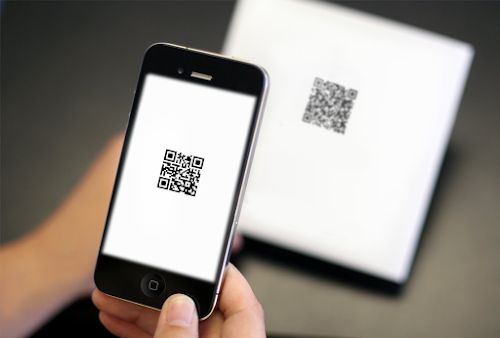We have always seen Transparent Displays in Sci-Fi Movies where they use these displays to display various types of information. This Technology could soon be a reality as many companies like Samsung are working on this technology. So in this article let's take a look at how does Transparent Display works and its various applications.
What is a Transparent Display?
Transparent Display is a technology that displays dynamic or interactive information on a transparent glass surface. This revolutionary display allows users to view what is shown on a glass video screen while still being able to see through it. Designers can overlay text, digital images, and video content onto physical objects or scenes that sit behind the glass.
How Does Transparent Display Work?
There are two major Transparent Display Technologies LCD & LED. Both technologies are largely derived from the conventional display technologies. In the Transparent display, the difference lies between the absorptive nature of LCD and emissive nature of OLED gives them very different visual appearances.LCD impose pattern shading and colors on the background seen through the display while OLED systems impose a glowing image pattern on the background
LCD Transparent Display Technology
By nature any LCD panel is Transparent.LCD see-throughs do not produce their own light but only modulate ambient light. LCDs intended specifically for see-through displays are usually designed to have improved transmission efficiency. Small-scale see-through LCDs have been commercially available for some time, but only recently have vendors begun to offer units with sizes comparable to LCD televisions and displays. Samsung released a specifically see-through designed 22-inch panel in 2011. As of 2018, they were being produced by Samsung, LG, and MMT, with a number of vendors offering products based on OEM systems from these manufacturers. An alternative approach to commercializing this technology is to offer conventional back-lit display systems without the backlight system. LCD displays often also require removing a diffuser layer to adapt them for use as transparent displays.
The key limitation to see-through LCD efficiency is in the polarizing filters, which inherently limit the transmission efficiency for unpolarized light to 50% or less. Inexpensive polarizing films also have relatively low transmission efficiency, though commercial development efforts have had some success in improving it.
LED Transparent Display
LED screens have two layers of glass on both sides of a set of addressable LEDs. Both inorganic and organic (OLED) LEDs have been used for this purpose. The more flexible (literally and figuratively) OLEDs have generated more interest for this application. OLEDs consist of an emissive and conductive layer. Electrical impulses travel through the conductive layer and produce light at the emissive layer. This is different from LCDs in that OLEDs produce their own light, which produces a markedly different visual effect with a see-through display. The narrow gap between the pixels of the screen as well as the clear cathodes within allows the screens to be transparent. These types of a screen have been notoriously difficult and expensive to produce in the past, but are now becoming more common as the method of manufacturing them is advancing. Till now we have been able to achieve a transparency level of 70% in OLEDs.
Applications of Transparent Displays
Augmented Reality
The device can add its own twist to what is behind the screen. For example, if you look through a tablet with a see-through display at a street, the device could overlay the name of the street onto the screen.
There is an app available for smartphones that allow the user to point the camera at a sign or writing in another language and it automatically displays the same view, but with the writing in the language of your choosing. This could be possible with see-through displays as well, but without the need for the camera. A device using a transparent display has much higher resolution and displays much more realistic augmented reality than video augmented reality, which takes video and adds its own supplement to it and then displays that onto the screen. It is much simpler to display the addition onto the see-through screen instead.
Retail & Shopping
These displays are also used in shop windows. The shopping windows show the product on the inside as well as show text or advertisements on the glass. For example, there could be a pair of shoes behind the window and at the same time, the window has information scrolling across it like prices, special deals, or advertisement video clips. This type of showcase is becoming more popular as see-through screens are becoming cheaper and more available.
Event Stage
A transparent LED display can be used by stage designers and event producers to realize more creativeness due to the holographic-like visual effect, which will send an immersive experience to the audience.








Comments
Post a Comment